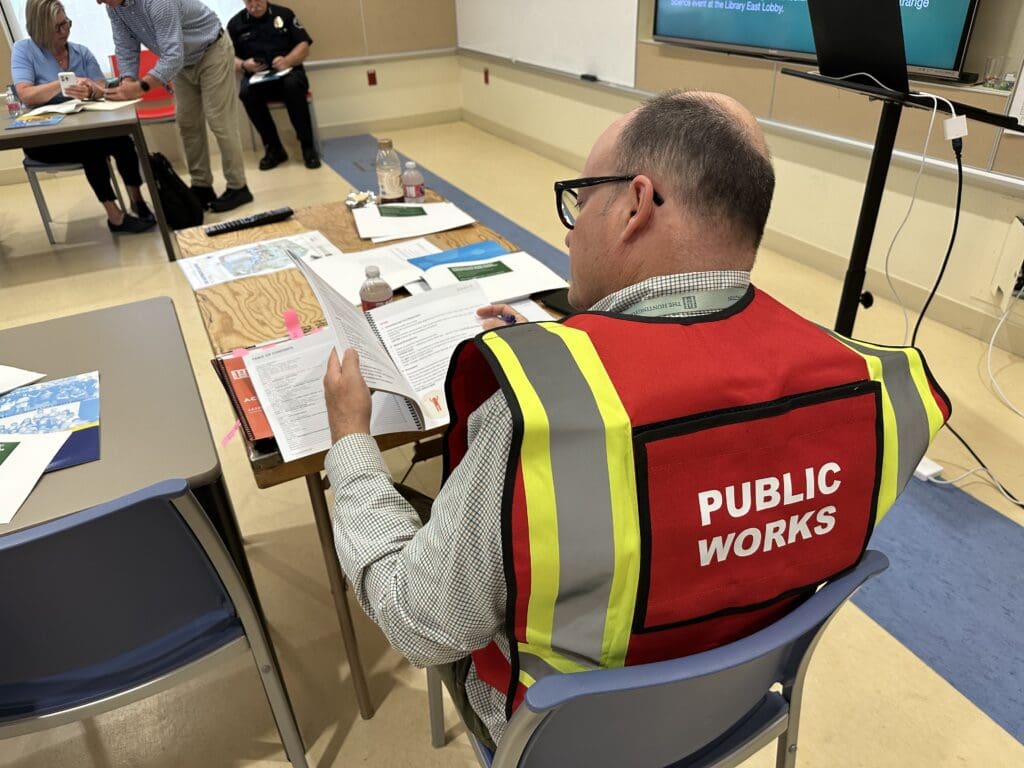One of the services our organization provides is the development of an Emergency Operations Plan (EOP). We’ve built plans for multiple types of organizations, and each plan is unique to the client’s situation. An Emergency Operations Plan is crucial for preparing organizations, communities, and individuals for potential emergencies. Here are some of the key benefits of having a well-developed EOP:

- Enhanced Preparedness: An EOP ensures that all necessary preparations are in place to handle an emergency. This includes having the right tools, information, and protocols readily available, which can significantly improve the response time and effectiveness.
- Clear Roles and Responsibilities: The plan clearly outlines the roles and responsibilities of everyone involved, from top management to front-line employees. This clarity helps avoid confusion and overlap in duties during an emergency, ensuring a more coordinated and efficient response.
- Improved Safety: Safety of individuals is a primary concern in any emergency. An EOP includes safety protocols that help to minimize risks to life and health. This can include evacuation routes, medical emergency procedures, and guidelines for handling hazardous materials.
- Resource Management: An EOP provides a framework for managing resources effectively during an emergency. It helps organizations allocate the necessary resources such as personnel, equipment, and supplies, ensuring they are used efficiently and where most needed.
- Enhanced Communication: Effective communication is critical in emergencies. An EOP establishes communication strategies and systems to ensure that accurate information is shared quickly and efficiently with all stakeholders, including emergency personnel, employees, and the public.
- Legal Compliance: Many industries are required by law to have an emergency plan in place. An EOP helps ensure compliance with these legal requirements, potentially avoiding legal penalties and reducing liability.
- Business Continuity: For organizations, an EOP is vital to maintain business continuity. It helps minimize the impact of an emergency on operations, ensuring that critical functions can continue or resume quickly after an incident.
- Community Confidence: For municipal and governmental organizations, having a robust EOP increases the confidence of the community. Residents feel safer knowing that there are plans in place to protect them and manage emergencies effectively.
- Training and Exercises: The development of an EOP is often accompanied by training programs and exercises for all involved parties. These activities help reinforce the plan’s effectiveness and ensure everyone knows their role during an emergency.
- Evaluation and Improvement: An EOP is not static; it requires regular updates and revisions based on new threats, lessons learned from past incidents, and changes in the organization or community. This continual improvement helps adapt to changing circumstances and enhances overall emergency response capabilities.

If you’ve been thinking about improving the security and preparedness of your organization, give us a call. A consultation is FREE, and we would be pleased to meet you and learn about your specific situation. Let’s Talk!
